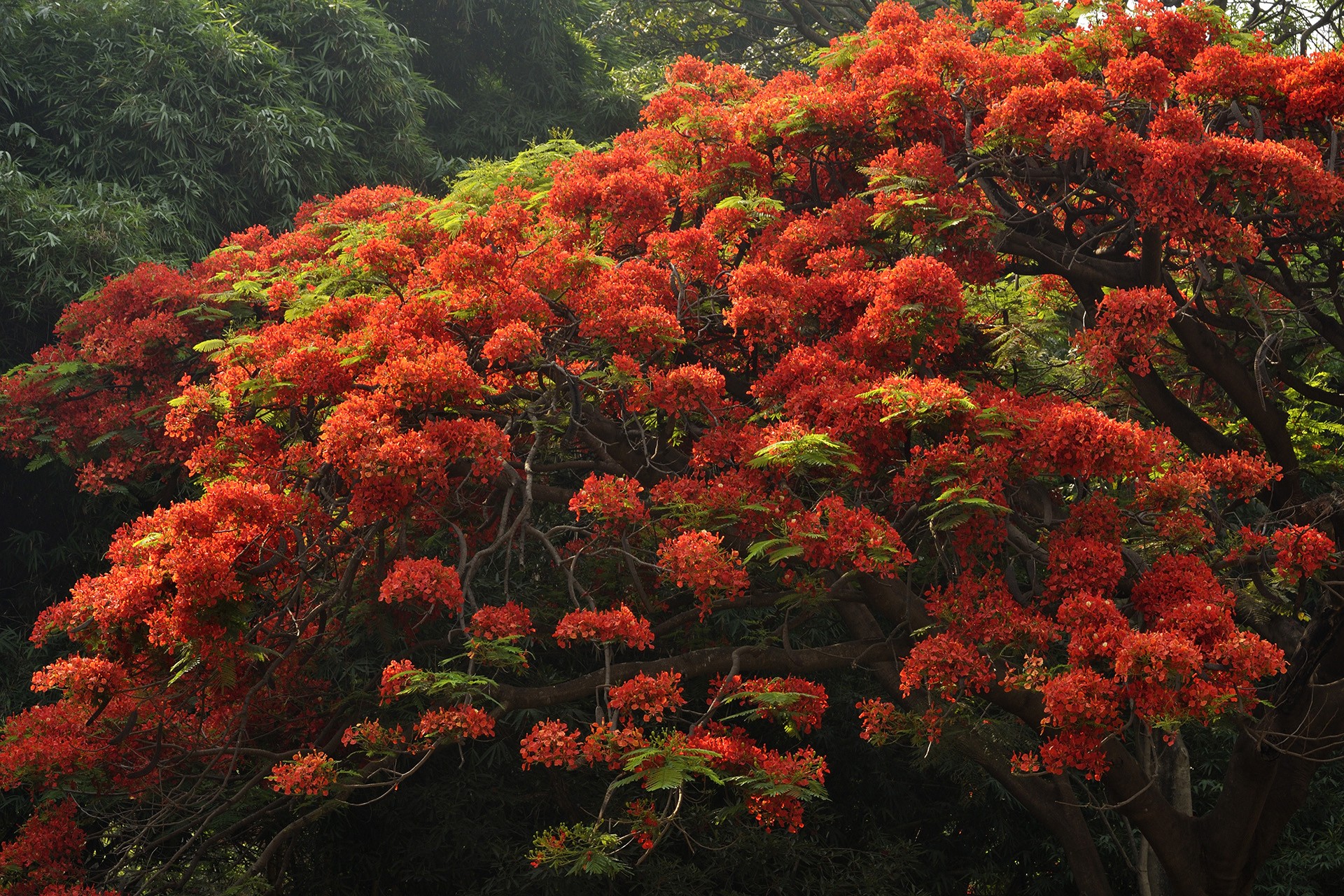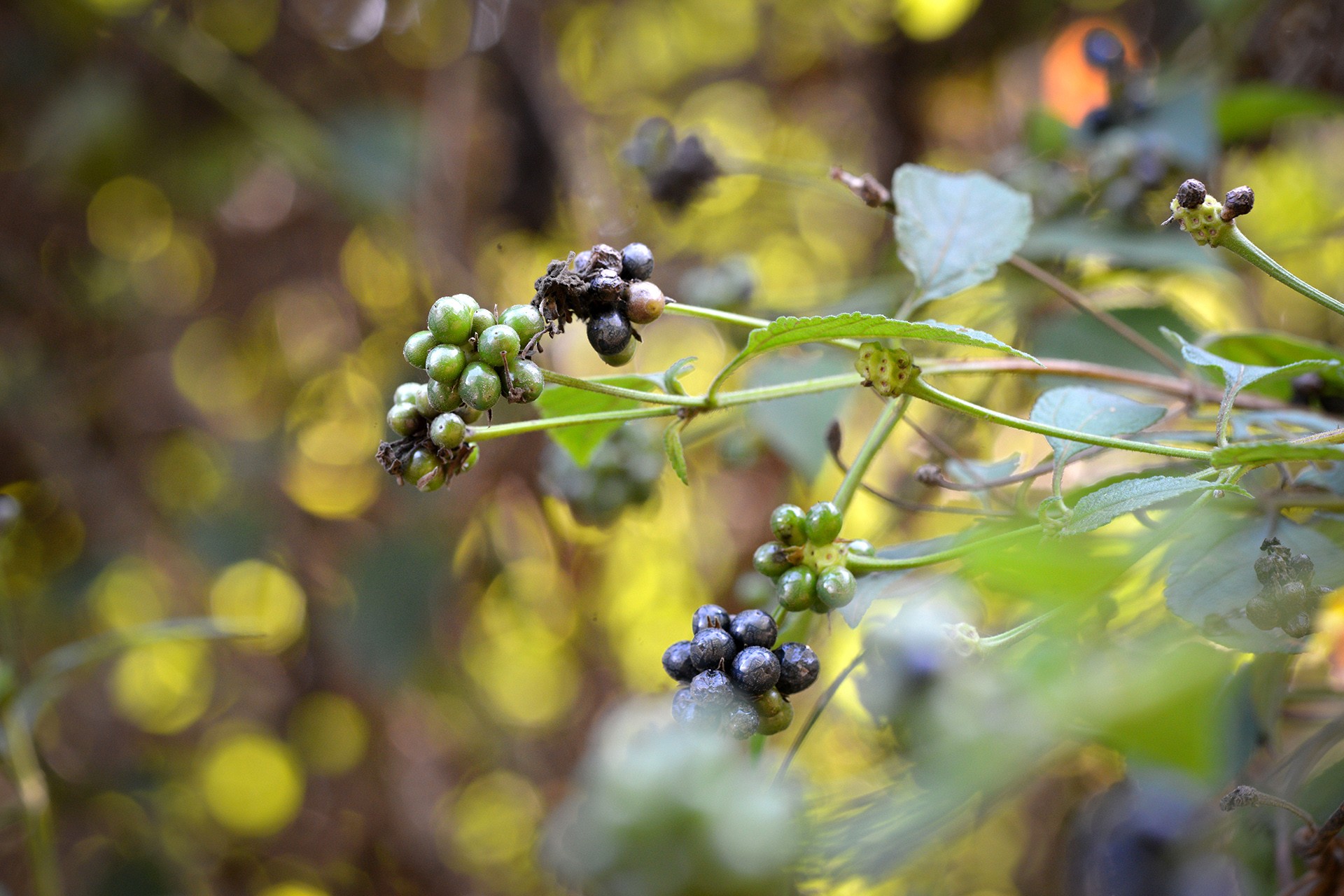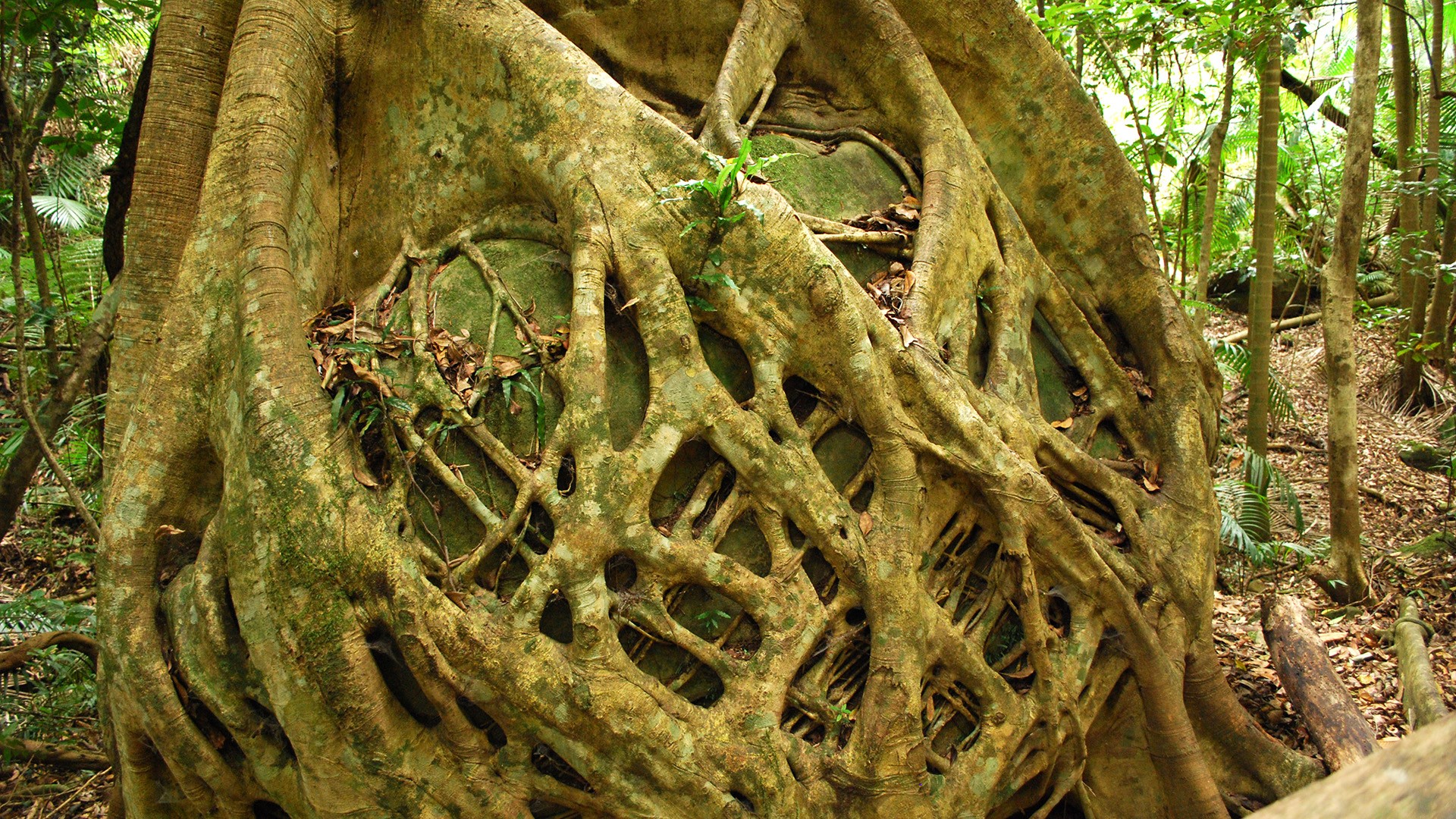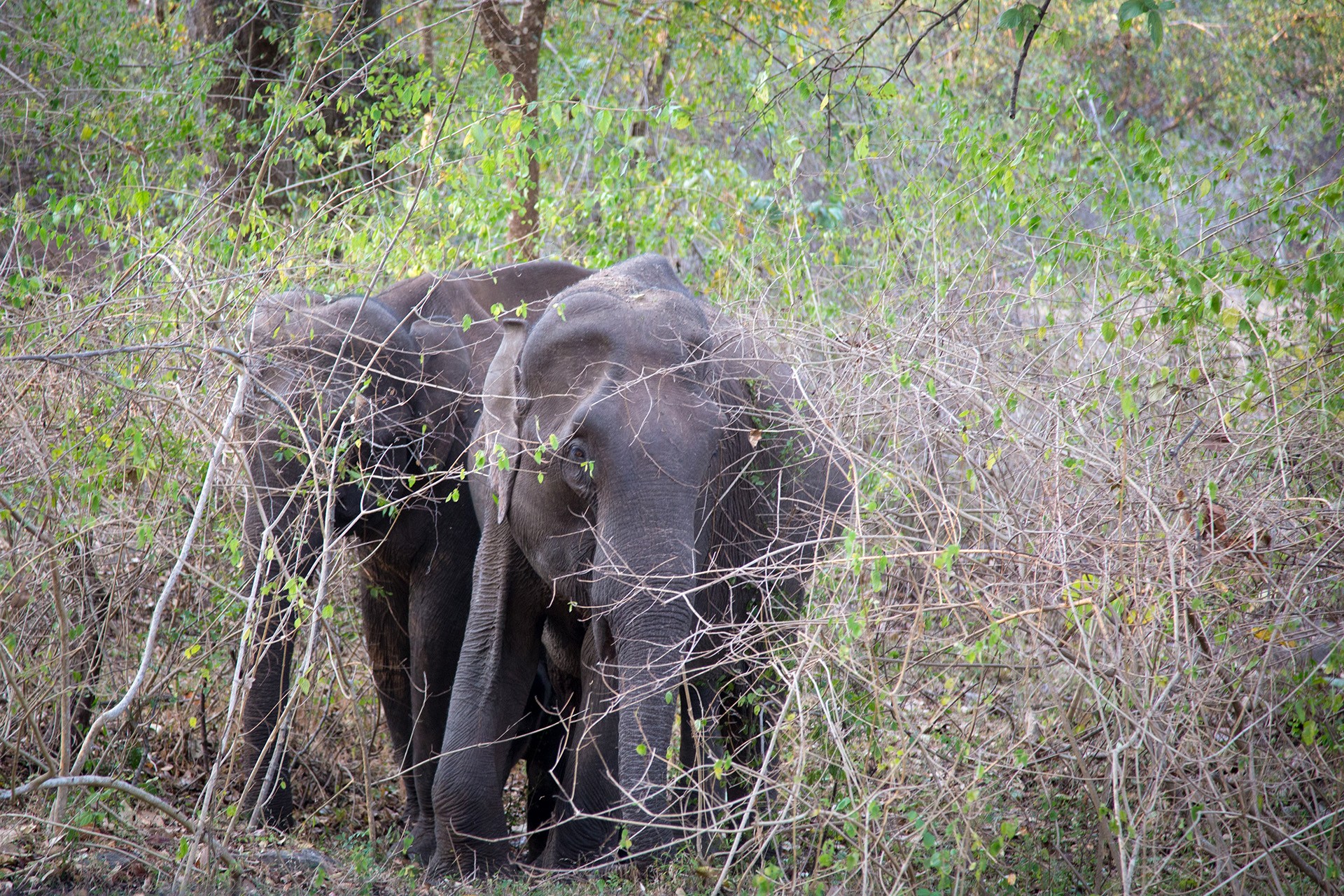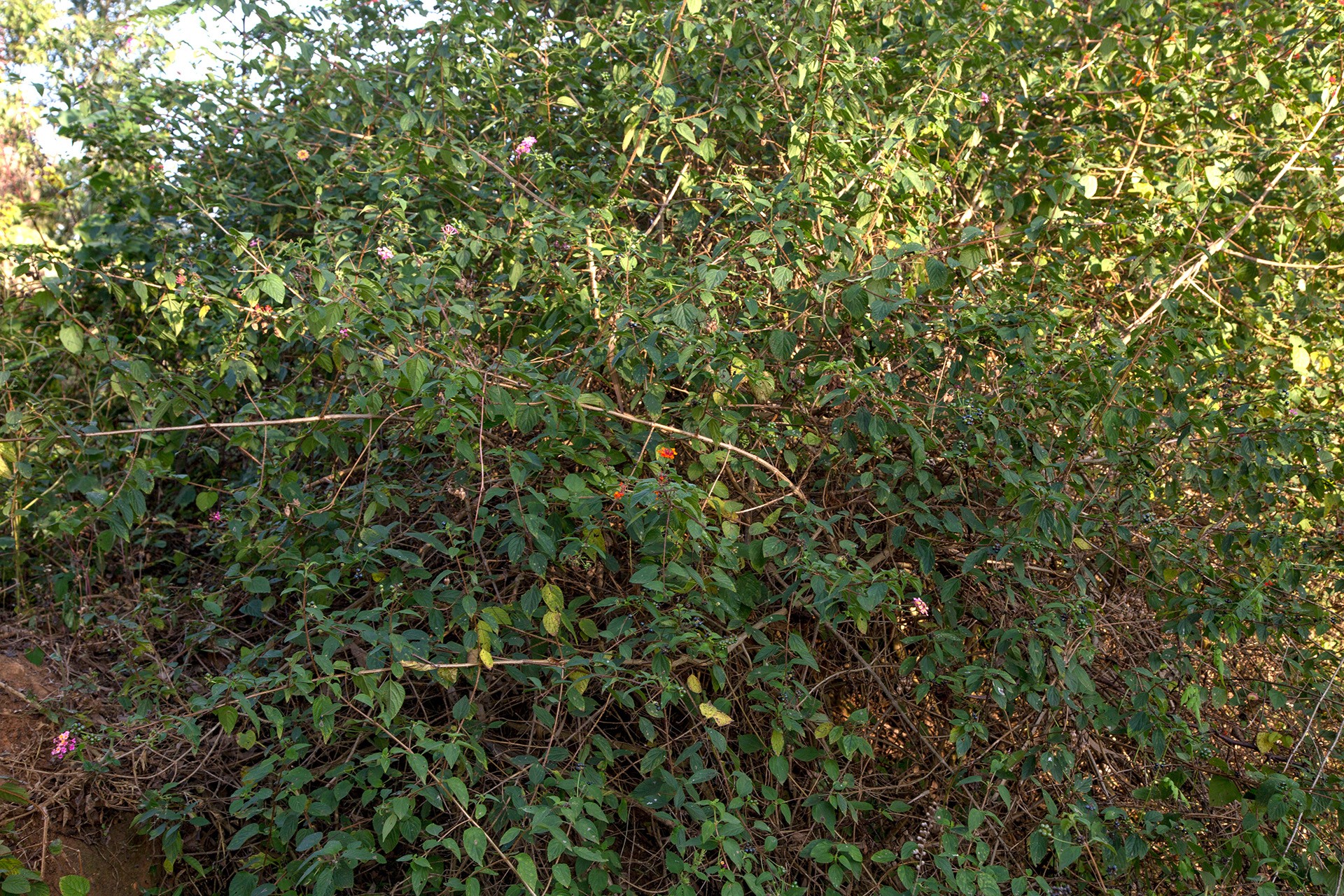Take a look at the plants and trees around you. The plants in your homes or schools, the flowers lining the roads, or the mighty trees that our forests are populated with. Did you know that a large number of them are not native? That they did not originally grow here?
Many plants and trees have been brought from outside the country for various reasons — for the shade they give, for the beauty of their flowers, or for the fruits they nourish us with.
For instance, take the Gulmohar, a tree that many believe is Indian. Gulmohars are magnificent trees providing ample shade, and they’re strikingly beautiful when their red flowers bloom during the summer. For these reasons, they were planted along roads by the British, who brought them from Madagascar.
And it's not just the Gulmohar — many plants and trees grown in India such as the tamarind, cashew nut and guava, originate from outside India. Even the vegetables we eat every day, such as potatoes, chilli, cauliflower, and tomatoes, were all brought to India only in the last few centuries.
But not all plants and trees brought from outside have behaved well. The greatest danger is that such a non-native plant would do too well in Indian conditions, and in the process, end up killing our native species. Take, for instance, Lantana, a South American plant introduced by the British as an ornamental shrub for their gardens. Lantana can be easily identified by its tiny clusters of flowers: a mix of red, orange, yellow, blue or white.
Escaping from these gardens, lantana entered our jungles, taking over forests that were teeming with native plants. From the Shivalik foothills in Jammu and Kashmir, to the Jim Corbett National Park in Uttarakhand, to the Mudumalai Tiger Reserve in Tamil Nadu, lantana has invaded jungles across India. Once the shrub enters the forest, it prevents other plants from growing in the same space, depriving them of rain and sunlight, and eventually killing them. This is how a weed takes over the local environment.
Why do some plants turn into a weed in a new environment? Most species, in their native environment, have an associated ‘natural enemy'. For example, a cat is the natural enemy for a rat. When the cats go missing, the population of rats will explode. Similarly, in a new environment, the natural enemy of a plant like lantana is missing. Animals that feed on lantana leaves, insects that eat away at the plant, or even diseases that kill lantana, are missing here. So there is nothing to control the growth of lantana in Indian forests, or its domination over native species.
(Of course, plants can also kill other plants without being an invasive species. For instance, take the banyan tree, a strangler fig that is native to India. The Banyan initially germinates on the branch or stem of a host tree, and then its roots grow downward, covering the host. In many cases, the host tree dies. But unlike weeds like lantana, strangler figs like Banyan do not take over the entire forest.)
With invasive species, it's not just plants that suffer. Animals cannot move around as easily — the overgrowth of lantana makes it difficult for animals to navigate the jungles they know so well. Deer, chital, and bears often get stuck under the thick shrubs of lantana. In some cases, unable to dislodge themselves, these animals die.
The other problem is that these animals can’t eat lantana, and the shrub chokes the growth of the various grasses that they do eat. So the elephants, deer, and bears in the forest are often forced to move out of the jungles to forage in nearby farmlands and villages.
When these animals move out, predators like tigers don't get food either, and have no choice but to follow them out of the jungles. Many scientists believe that this leads to an increase in the number of conflicts between man and animal.
Many tribal communities that live in jungles have also been affected by weeds like lantana. Like the Soliga tribe, who live in the BRT Tiger Reserve in Karnataka, and worship the forest. They are unable to collect gooseberries, mangoes, and honey because lantana has made it difficult to navigate these jungles to reach these trees. As tribal elder Achchugegowda told me last December, they are forced to crawl on their stomachs for hours to get to these trees. So it's not just plants and animals, even humans are affected by the scourge of weeds.
Guest Editor Diaries: Of snakes, stranglers and weeds - Eight-year-old Guest Editor Avni Meda assigns stories to the NiF team.
A flappy ending – Eight-year-old Guest Editor Avni Meda writes about the time she went in search of Bar-headed Geese.
The long and the short of it – Herpetologist and National Geographic Adventurer Gerry Martin on his favourite subjects: snakes.
Pssst! Coil up and read – Children’s book author Bijal Vachharajani picks out two books featuring our favourite slithery creatures.
Check out more stories on our Young Tusks page.
